
- do-british-schools-have-dances-at-all
- how-british-school-dances-differ-from-american-style
- cultural-and-social-factors-shaping-school-events
- real-student-experiences-in-uk-secondary-schools
- where-to-explore-dance-outside-of-school-in-the-uk
1. Do British Schools Have Dances at All?
If you’re asking, “do British schools have school dances?”—the short answer is yes, but they’re not nearly as common or culturally embedded as in the United States. Unlike American high schools where prom and homecoming dances are landmark events, UK schools tend to hold fewer formal social dances, and these events are often more understated.
Most British secondary schools might host an end-of-year party, especially for students finishing Year 11 (equivalent to the American junior or senior year), but this is usually a one-time formal or semi-formal prom-style event rather than a series of regular dances.
That said, the idea of organized school dances is gradually evolving, influenced in part by global pop culture and the rise of social media. And while they might not be embedded in tradition, they do exist—and when they happen, they can be just as memorable.
2. How British School Dances Differ from American Style
While American dances often come with long-standing rituals like corsages, promposals, and elaborate afterparties, British school events tend to be simpler affairs. For example, a “leavers’ prom” may include a formal dinner, DJ, and professional photos—but it won’t typically carry the same Hollywood-style grandeur seen across the Atlantic.
There’s also a difference in frequency. British students rarely attend more than one or two dances throughout their school life, whereas American teens might have several dances a year. School budgets, local culture, and the traditional role of parent-teacher associations often limit how often UK schools plan social events of this scale.
Still, the desire for celebration, music, and shared memories remains universal. For students interested in learning dance or preparing for social events, options beyond school play a huge role—which is why many turn to institutions like American Dance Academy to explore dance culture in a more dedicated setting.
3. Cultural and Social Factors Shaping School Events
The UK education system prioritizes academics and structured extracurriculars over social events. Sports days, charity events, and drama productions often take precedence over dances. Additionally, the British cultural norm tends to lean more reserved, meaning the over-the-top celebration culture common in American high schools doesn’t always translate.
Parental and school perspectives also shape what’s acceptable. Some UK schools—especially state-funded ones—may have strict uniform and behavior codes, making it harder to plan casual or themed dances. Others are more open and collaborative, depending on the leadership of the school and involvement of student councils.
However, in private and boarding schools, the scene can differ. End-of-term formals, black-tie balls, or themed discos may be organized within certain year groups, especially among older students.
4. Real Student Experiences in UK Secondary Schools
Alice, a former student from Birmingham, recalls her Year 11 prom as “the one night everyone dressed up,” but says there were no other dances in her entire secondary school journey. “We had discos in primary school, but once we hit high school, it was all about exams, not dance floors.”
Meanwhile, Oliver, who attended a grammar school in Kent, remembers attending a summer leavers' ball hosted off-site at a hotel. “It felt like a prom, but we didn’t have any other dances—not like the movies. It was more about the dinner and socializing than the actual dancing.”
These stories reflect a broader reality: school dances in the UK are not nonexistent, but they’re rare, often centered around a single rite-of-passage event.
5. Where to Explore Dance Outside of School in the UK
Given the limited dance opportunities within school systems, many young people in the UK look elsewhere to nurture their interest in dance—whether for fitness, socializing, or artistic expression.
Studios like American Dance Academy offer structured classes in styles like ballroom, hip-hop, and contemporary dance—equipping students not only for school events but for performance and competitive dance as well. These spaces give students a chance to experience the joy and discipline of dance in a way that often isn’t available during school hours.
Whether you’re preparing for your one-and-only Year 11 prom or just want to move with confidence at a future formal, learning dance beyond the classroom can be both fun and fulfilling.
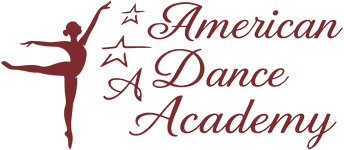
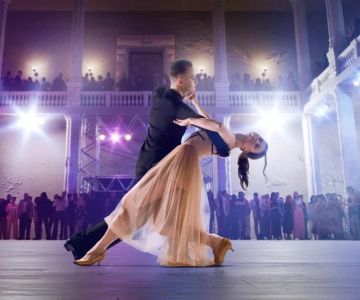
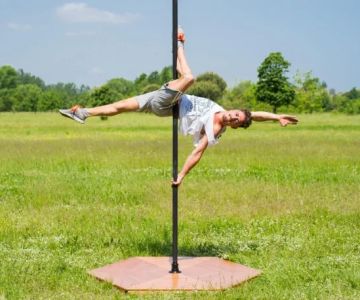
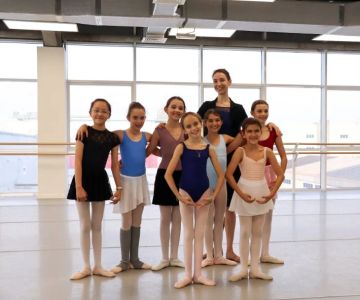
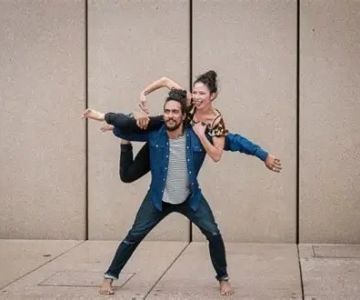

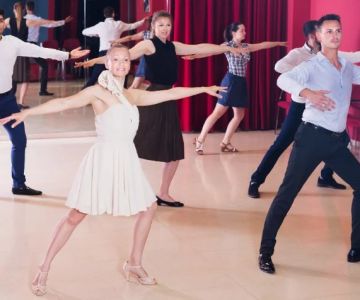
 Barrington Dance Academy5.0 (22 reviews)
Barrington Dance Academy5.0 (22 reviews)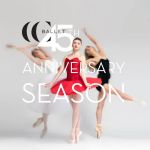 Canyon Concert Ballet4.0 (17 reviews)
Canyon Concert Ballet4.0 (17 reviews) Big City Dance Center LLC4.0 (25 reviews)
Big City Dance Center LLC4.0 (25 reviews) Tye Chua Dance & Kalamazoo Ballet5.0 (18 reviews)
Tye Chua Dance & Kalamazoo Ballet5.0 (18 reviews) Fenton Ballet Theatre4.0 (24 reviews)
Fenton Ballet Theatre4.0 (24 reviews) Front Street Dance Center5.0 (7 reviews)
Front Street Dance Center5.0 (7 reviews) Are There Dances in Middle School? What Students and Parents Should Know
Are There Dances in Middle School? What Students and Parents Should Know How a Dance School in Instagram Builds Community and Success
How a Dance School in Instagram Builds Community and Success Why Do Schools Teach Square Dancing?
Why Do Schools Teach Square Dancing?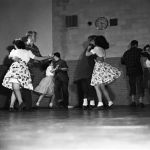 Why Was Square Dancing Taught in School?
Why Was Square Dancing Taught in School? Why Swing Dance Is Popular for Adults
Why Swing Dance Is Popular for Adults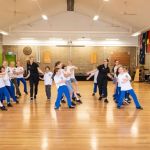 A School Dance: How to Prepare, Shine, and Make It Unforgettable
A School Dance: How to Prepare, Shine, and Make It Unforgettable